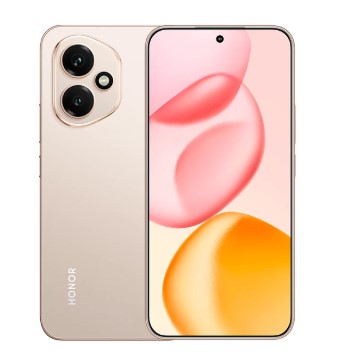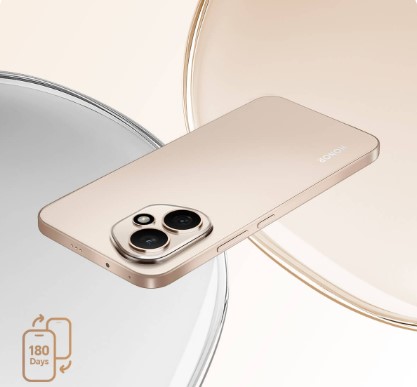Travel photography used to require bulky DSLRs and heavy lenses, but modern smartphone cameras have changed the game. With advanced sensors, AI enhancements, and powerful editing tools, your phone can capture stunning travel memories without the extra weight. Whether you’re hiking through mountains or exploring city streets, mastering your phone’s camera can make every shot look professional. Many travelers miss out on great shots simply because they don’t know how to use their phone’s features effectively. From adjusting exposure to choosing the right lens, small tweaks can dramatically improve your photos. In this article, we’ll explore practical tips and gear upgrades to help you take unforgettable travel photos with just your smartphone.
Pro Mode vs Auto – When to Use Each
Auto mode is perfect for quick, spontaneous shots where lighting is consistent. It adjusts settings like ISO, shutter speed, and white balance automatically, making it ideal for fast-moving scenes—like snapping a street performer or a passing sunset. However, if you want more control, Pro Mode lets you fine-tune these settings manually. For example, in low-light conditions, Auto Mode might over-brighten the image, losing details. Switching to Pro Mode and lowering the ISO reduces graininess while keeping shadows natural. Similarly, if you’re photographing a waterfall, manually setting a slower shutter speed creates that dreamy motion blur effect. Auto Mode is great for beginners, but learning Pro Mode unlocks creative possibilities—especially for landscapes or night shots.
Ultra-Wide for Landscapes vs Telephoto for Details
Most smartphones now include multiple lenses, and knowing when to use each can transform your travel photos. The ultra-wide lens captures sweeping vistas—think grand canyon views or towering skyscrapers—without needing to step back. It’s also great for tight spaces, like narrow alleyways or crowded markets, where you can’t fit everything into a standard shot. On the other hand, the telephoto lens brings distant subjects closer without losing quality. If you’re photographing wildlife or architectural details, zooming in with the telephoto lens avoids the pixelation you’d get from digitally cropping a standard shot. For example, capturing intricate carvings on a historic building from across the street becomes effortless.
Night Mode Magic for Low-Light Shots
Night Mode is a game-changer for travelers who love capturing evening cityscapes, starry skies, or dimly lit cafes. Unlike a regular photo, which might turn out dark and noisy, Night Mode combines multiple exposures to brighten shadows while keeping highlights balanced. The result? Crisp, well-lit images even in near darkness. For instance, if you’re photographing a lantern-lit temple at dusk, Night Mode preserves the warm glow without overexposing the lights. It also works wonders for portraits in low light—instead of a grainy, blurry face, you get a clear shot with natural skin tones. Just remember to hold your phone steady or use a small tripod for the best results.
Lightweight Travel Gear Upgrades
Pocket-Sized Tripods & Gimbals
A mini tripod is one of the most underrated travel accessories. It stabilizes your phone for long-exposure shots (like light trails from cars at night) or smooth time-lapses of sunrises. Some models even wrap around railings or tree branches for creative angles. Pair it with a Bluetooth remote to avoid shaking the phone when pressing the shutter. Gimbals take stability further by counteracting hand movements, making them perfect for video. Walking through a bustling market? A gimbal keeps your footage buttery smooth. They’re also great for action shots—like filming a bike ride along a coastal road—without the jittery effect of handheld recording. Though slightly bulkier than tripods, compact gimbals easily fit in a daypack.
Lens Attachments That Fit in Your Pocket
Clip-on lenses can enhance your phone’s capabilities without the weight of professional gear. A macro lens, for example, lets you capture extreme close-ups of flowers, insects, or textured surfaces like cobblestone streets. Polarizing lenses reduce glare from water or glass, making skies bluer and reflections disappear—ideal for beach or lake shots. Wide-angle attachments expand your frame even further than your phone’s built-in ultra-wide lens, great for tight interiors or group selfies. These lenses are usually no bigger than a wallet, making them easy to carry. While they won’t replace high-end cameras, they’re a simple, affordable way to add variety to your travel photos.
Shooting Like a Local
To capture the soul of a place, move beyond touristy snapshots. Wake up early for the soft morning light and empty streets—perfect for serene cityscapes. Visit local markets and ask vendors before photographing; their vibrant stalls and candid expressions tell richer stories than posed shots. Try shooting from unusual angles. Instead of taking a straight-on photo of a monument, frame it through an archway or reflect it in a puddle. This adds depth and creativity. Also, pay attention to local life—a barista pouring coffee, kids playing soccer, or an artist sketching. These unplanned moments often become the most memorable photos.
On-the-Go Editing Workflow
Editing apps let you polish photos in minutes. Start by adjusting exposure and contrast to make colors pop. For landscapes, increase clarity to enhance textures like brick walls or mountain ridges. Use selective editing to brighten faces in shadow without overexposing the background. Presets or filters can create a consistent look for your travel album—warm tones for tropical trips, cooler hues for urban shots. But avoid over-processing; natural-looking edits age better. Cloud storage or portable hard drives ensure you never lose your shots, even if your phone does.
Conclusion
With the right techniques and minimal gear, your smartphone can rival professional cameras. From Pro Mode adjustments to Night Mode’s low-light brilliance, every feature helps you capture travel moments beautifully. Pair these skills with lightweight accessories like tripods or lens attachments, and you’re set for any scene. For those seeking top-tier performance, devices like the HONOR 400, with its 200MP Ultra-clear AI Camera System and an attractive HONOR 400 price in uae, take mobile photography further. Whether you’re a casual shooter or an aspiring photographer, mastering your phone’s camera guarantees unforgettable memories—no heavy gear required.

